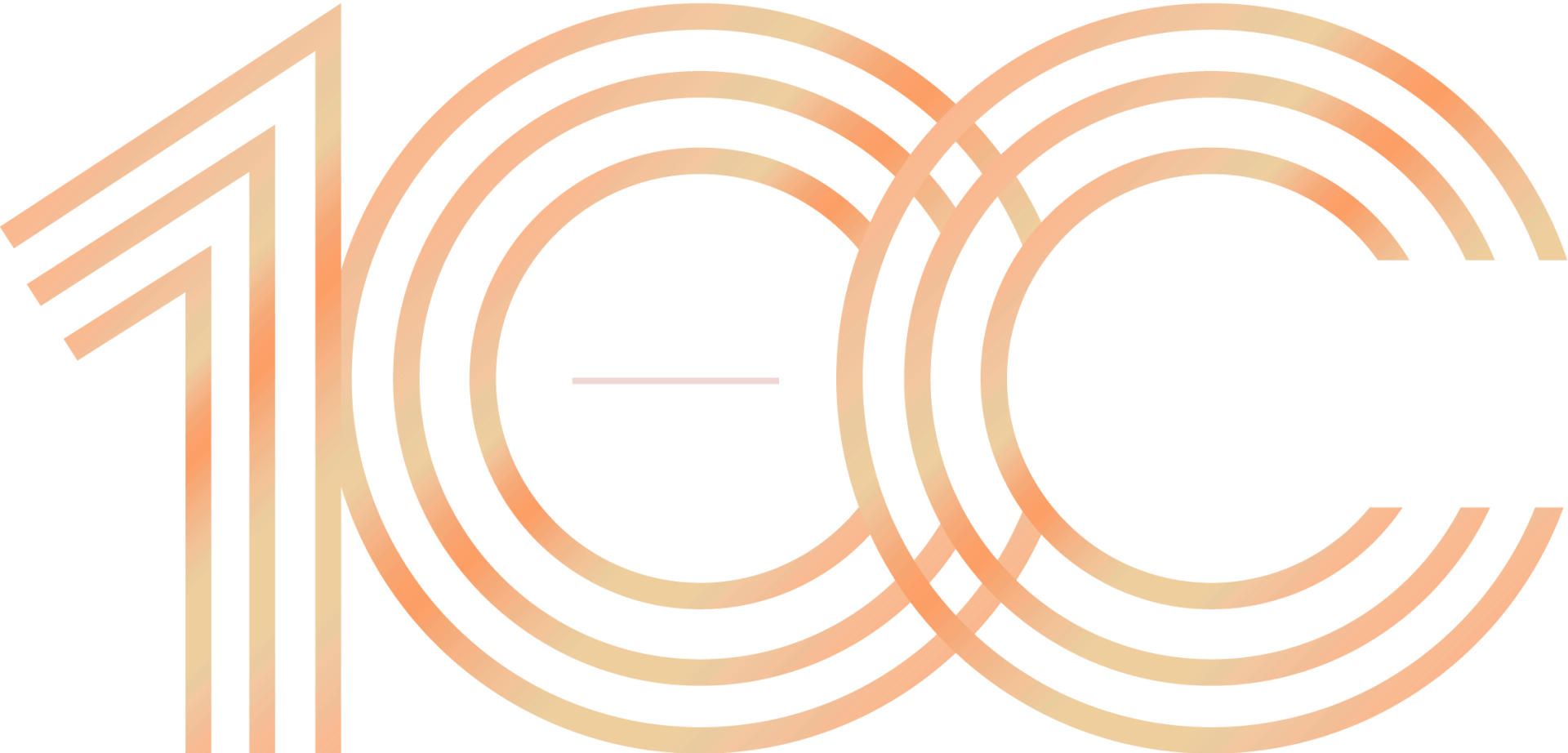
DISCOVER THE RICH HISTORY OF NACS

1906-early 1920s
Due to growth in demand in higher education, most publishing houses create separate college divisions to process textbook orders.

1920s: The Beginning
In 1923, concerned about textbook issues, 24 college store managers form the College Bookstore Association (CBA) to have a stronger voice. Fred Tracht, the chief organizer, is elected the first president. Dozens of other college stores join. CBA holds its first convention (1924), creates a committee to work with publishers, and launches a textbook overstock exchange, newsletter, and regional programs.

1930s: Growing Pains
CBA changes to the National Association of College Stores (1932). NACS’ continued growth necessitates a full-time manager; Donald Lyman is hired as executive secretary and moves the association to New York City. The NACS Board approves The Nine Point Plan with recommendations for improving relations between publishers and stores.


1940s: The War Years
National limitations on goods and transportation force NACS to reduce services even as membership grows. The 1945 conference has to be conducted by mail. For the first time, suppliers and publishers are permitted to join as associates. Russell Reynolds becomes the executive secretary and moves NACS to Oberlin, OH.
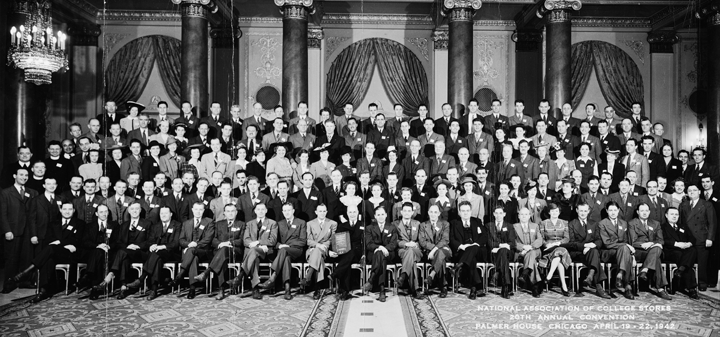

1950s: Supporting Professionality
NACS develops and expands educational programming, including week-long summer workshops, to help store managers and buyers with best practices in core areas, such as managing textbook inventory and merchandising. NACS also reaches out to stores through the growing number of state and regional associations.
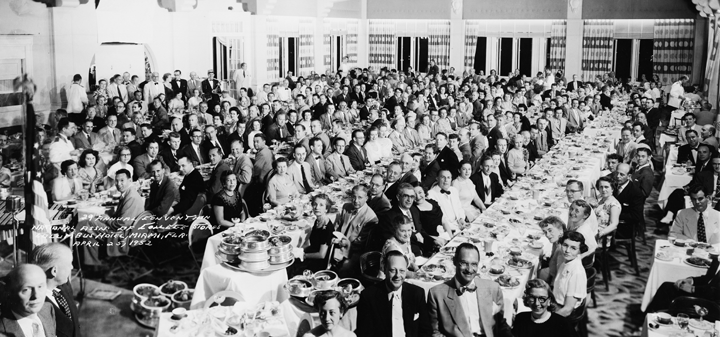

1960s: Getting into Distribution
To aid smaller stores that are having trouble acquiring books, NACS explores forming distribution services. The first is NACSUP, for academic paperbacks from university presses. The NACS Board later approves the creation of NACSCORP to distribute commercial paperbacks and NACSLIT for sales of magazines. A new warehouse is constructed to house the services.
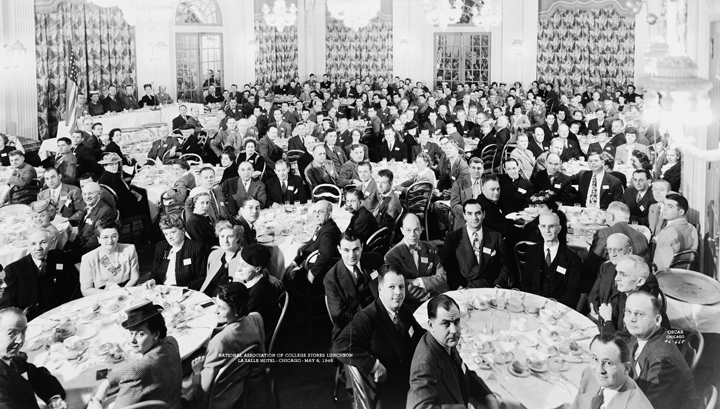

1970s: Expansion
NACS increases the size of the distribution warehouse to meet demand and builds offices for the growing association staff in the front of the structure. To help stores better understand their finances, NACS develops the first Merchandising and Operating Survey, later known as the Financial Survey.
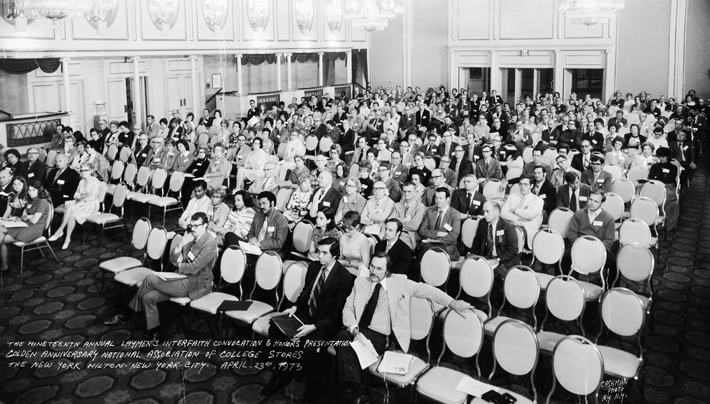

1980s: Setting Standards
The College Stores Research and Educational Foundation (later renamed NACS Foundation) is created and soon underwrites the first salary and benefits survey and first Student Watch study. NACS sets up the College Store Evaluation Service to provide full-scale examinations of store operations on request and launches the Certified Store Professional certification program to acknowledge professionalism in store management. Garis Distelhorst is named executive director.
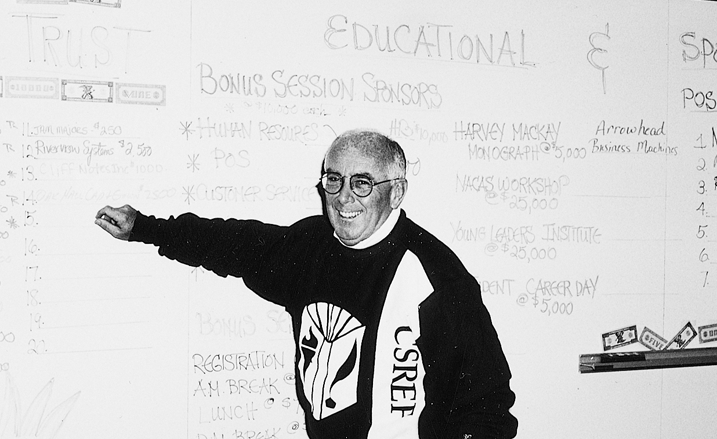

1990s: More Expansion
NACS services broaden in response to the increasing complexity of college stores. The NACSCORP warehouse constructs two more additions while NACS erects a new office and educational center next door. Specialized conferences for computer resellers, privately owned stores, course materials, and others debut. A new freight management program also debuts, later called PartnerShip. Hundreds of companies now exhibit at CAMEX. NACS sues three publishers for pricing discrimination, later settled. NACS partners with Cornell University to develop the CourseWeb electronic distribution system. Brian Cartier becomes chief staff officer.
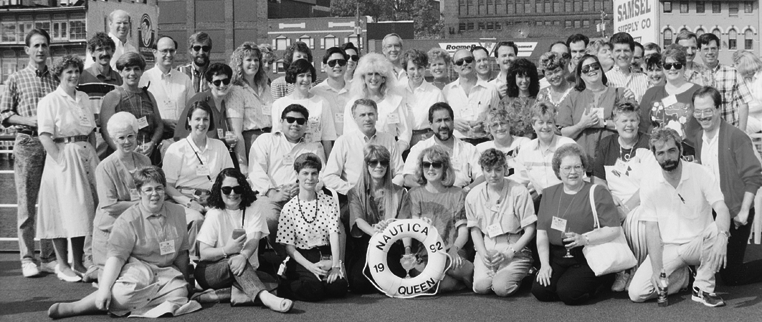

2000s: Litigation and Legislation
NACS ramps up legal action and advocacy to help ensure college stores can compete fairly with online sellers. Formal complaints and lawsuits are filed against several web stores claiming exaggerated discounts on textbooks. The first government relations office opens in Washington, D.C., just before the federal accounting office begins investigating textbook pricing. The Store of the Future campaign aims to help stores adopt up-to-date practices, including textbook rentals.
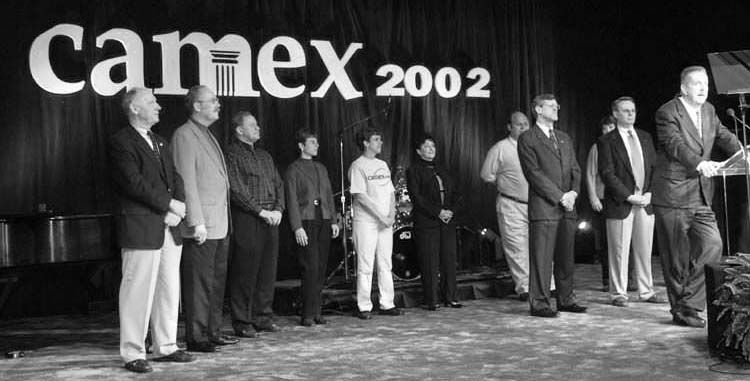

2010s: Delivering on Digital
A new subsidiary, NACS Media Solutions, partners with digital providers to assist stores with e-commerce, electronic course materials, and custom publishing. A NACS Foundation research initiative lays out a roadmap for the College Store of 2015, with digital in the forefront. NACS explores and tests a variety of new services for stores and hosts the Textbook Affordability Conference. Ed Schlichenmayer succeeds Robert Walton as the new CEO.


2020s: Another Beginning
The pandemic pushes NACS into remote operations and more web-based services, while moving campus stores further into digital materials and e-commerce. Many changes in the association and campus store industry now appear to be permanent as both enter a new streamlined normal. A major Foundation initiative is developing an array of industry standards, while the new Campus Store Insights platform enables stores to benchmark. NACS continues to integrate the collegiate retail industry into the higher education ecosystem through advocacy, strategic partnerships, innovative direction, education, and resources that support student academic success and the campus experience.

Milestones were culled from a variety of NACS materials, including official publications, internal documents and records, and an unpublished history of NACS’ early years compiled by the magazine’s retired publisher, Mavis Clark. Milestones for the first 75 years were originally compiled for the magazine’s special Commemoration issue in 1998 by former Editor Keith Galestock. This is just a sampling of key moments and does not represent the full history of the association or industry.






